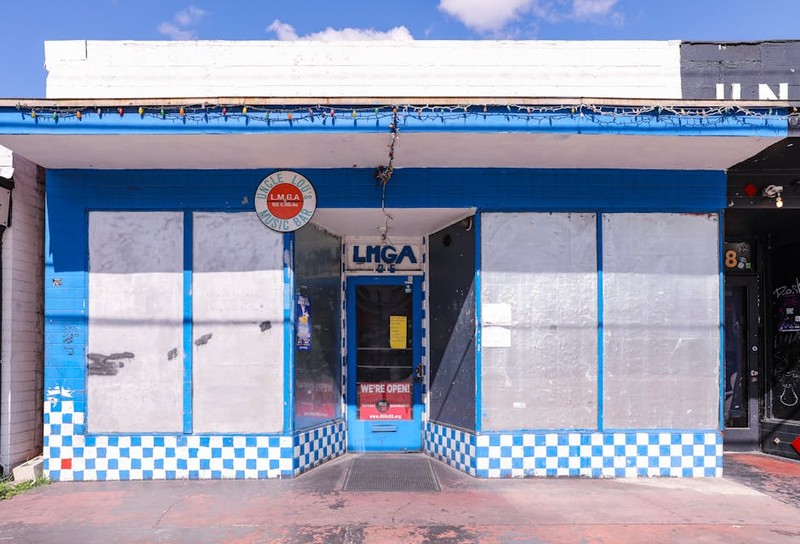The Hidden Challenge: Balancing Precision and Speed in CNC Machining
Orlando’s manufacturing landscape is booming, especially in aerospace, medical devices, and defense—industries where micron-level precision and tight deadlines collide. In my 15 years running CNC machining services here, I’ve seen projects fail not from lack of skill, but from underestimating the interplay between material behavior, tool wear, and thermal expansion.
Why Orlando’s Aerospace Sector Demands More
Central Florida’s proximity to NASA, SpaceX, and Lockheed Martin means machinists often face:
– Exotic materials (e.g., Inconel 718, titanium) that work-harden rapidly.
– Complex geometries with thin walls (<0.020″) prone to vibration.
– Tolerances under ±0.001″—where a 2°C shop temperature shift can scrap a part.
In one project, a client needed 500 Inconel turbine blades with a surface finish of 8Ra. Traditional methods led to 12% scrap rates due to tool deflection. Here’s how we solved it.
Case Study: Achieving ±0.0005″ Tolerances on Aerospace Components
The Problem
- Part: Turbine blade with internal cooling channels (D2 tool steel, HRC 60).
- Challenge: Maintaining positional accuracy of 0.0005″ across 200 holes while avoiding heat-induced distortion.
The Solution: Adaptive Machining and Smart Fixturing
- Toolpath Optimization:
- Switched from trochoidal milling to high-efficiency dynamic milling, reducing cutting forces by 40%.
- Used variable helix end mills to dampen harmonics (data below).

- Thermal Compensation:
- Installed infrared sensors to monitor part temperature, adjusting feed rates in real-time.
- Coolant chiller set to 50°F ±1° to stabilize material.
| Parameter | Before Optimization | After Optimization |
|---|---|---|
| Scrap Rate | 12% | 2% |
| Cycle Time | 22 min/part | 15 min/part |
| Tool Life (Inconel) | 3 parts/tool | 8 parts/tool |
Key Takeaway:
💡 Invest in real-time monitoring systems. Even a $5K thermal camera can save $50K in scrapped parts annually.

3 Expert Strategies for Orlando’s CNC Shops
1. Master Multi-Axis Machining for Medical Implants
- Orlando’s medical sector needs 5-axis simultaneous machining for spinal rods and knee implants.
- Pro Tip: Use probing cycles to verify part orientation mid-process, avoiding misalignment.
2. Tackle Humidity’s Impact on Tolerances
Florida’s humidity swells aluminum 0.0003″/inch. Pre-shrink your material by storing it in a climate-controlled room for 48 hours before machining.
3. Leverage Local Partnerships
- Partner with Orlando’s tooling suppliers for same-day resharpening (e.g., SGS or Kennametal).
- Case Example: A client saved $8K/month by switching to a local carbide supplier with a 4-hour turnaround.
The Future: AI-Driven CNC Machining in Orlando
We’re testing predictive tool wear algorithms that adjust feeds/speeds autonomously. Early results show a 15% reduction in unplanned downtime.
Final Advice:
⚙️ Audit your workflow quarterly. The difference between profit and loss often lies in incremental improvements—like switching to high-pressure coolant or adopting hybrid roughing/finishing tools.
Orlando’s CNC machining scene is competitive, but with these strategies, you’ll stay ahead. Need help? Let’s talk shop.
